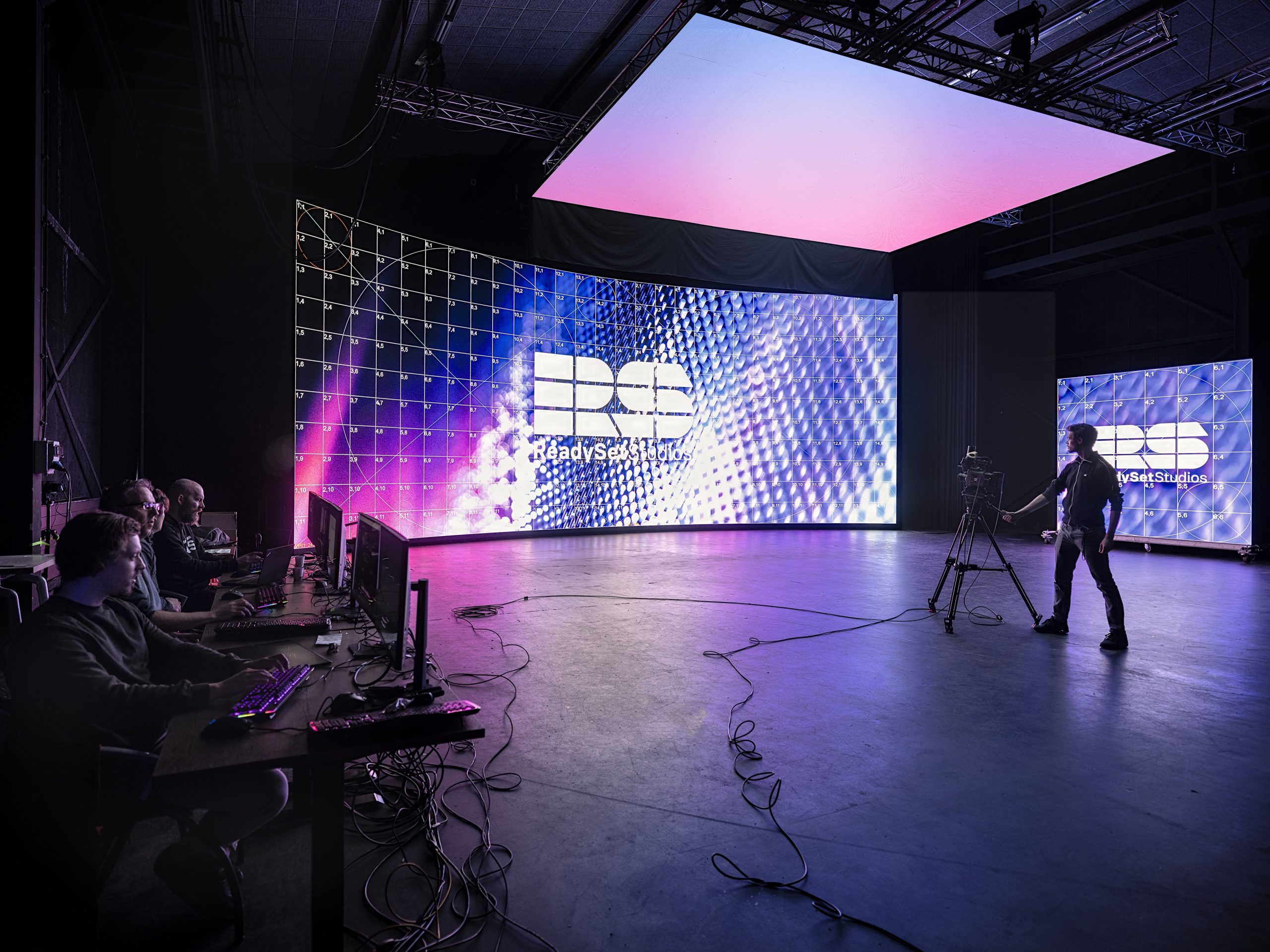Hue accuracy is essential for producing stunning visual presentations, particularly when employing LED walls. These massive screens are commonly found in places like concert venues, sports arenas, and advertising billboards. When the colors on an LED screen are not correct, the images can look dull or warped, which can affect the overall experience for viewers. Therefore, perfecting color precision in LED screen calibration is vital for attaining lively and realistic images.
The initial step in guaranteeing color precision is comprehending how LED systems works. LEDs, or light-producing diodes, generate light in various colors by mixing red, green, and blue (RGB) light. Each dot on an LED screen is made up of these three hues. When tuned correctly, the combination of RGB can produce a broad range of hues. However, if one hue is too intense or too faint, it can throw off the whole screen. This is why tuning is necessary to balance the hues and reach the desired visual effect.
Calibration entails adjusting the settings of the LED wall to make sure that the colors shown match the original material as closely as possible. This process typically includes using specific software and hardware tools. Technicians often use color assessment devices, such as spectrophotometers, to analyze the led wall calibration for broadcasting hues being shown. By contrasting the measured hues to standard color standards, they can make exact modifications. This ensures that the colors are not only lively but also consistent across the whole screen.
Another crucial factor of color precision is understanding the environment in which the LED screen is used. Elements such as ambient light can significantly affect how colors appear. For instance, a well-lit illuminated room may fade hues, making them look less vibrant. To mitigate this, technicians may modify the luminosity and contrast settings of the LED wall. Additionally, they may select specific color profiles that are more suited for various lighting environments. This adaptability helps maintain color precision irrespective of the viewing surroundings.

Ultimately, routine upkeep and recalibration are essential for keeping an LED wall looking its best. Over time, the performance of LEDs can alter due to elements like degradation and heat fluctuations. Regular checks and modifications can help guarantee that the colors stay correct and vibrant. By committing time in appropriate calibration and upkeep, venues can provide audiences with breathtaking graphic displays that enhance their total experience. Perfecting color accuracy in LED wall calibration is not just a technical job; it is an art that adds to the wonder of visual storytelling.
Comments on “Mastering Color Precision in Light Emitting Diode Wall Adjustment for Stunning Visual Presentations”